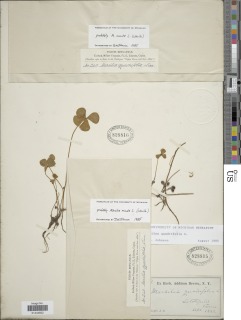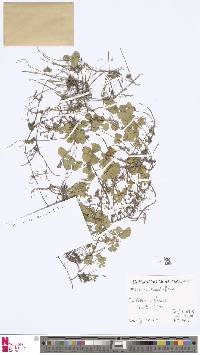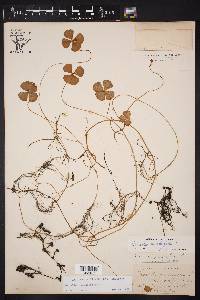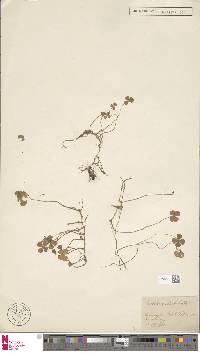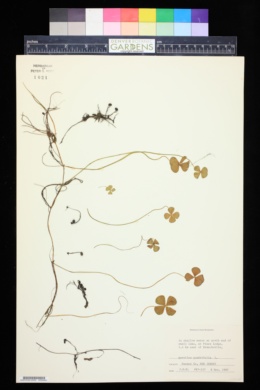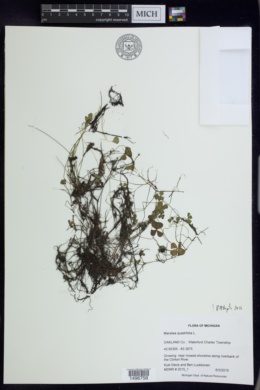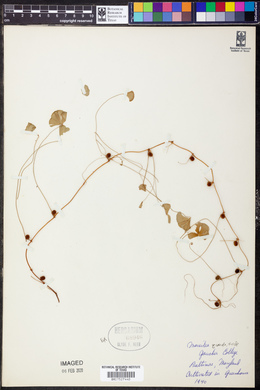
|
|
|
|
Family: Marsileaceae
[Lemma quadrifolia (L.) Desr. ex Lam., more] |
|
The PCC, and this data portal, were made possible by funding from the National Science Foundation’s
Advancing Digitization of Biological Collections (ADBC) program, grant numbers
1802504,
1802352,
1802134,
1802033,
1802270,
1802255,
1802239,
1802446,
1802305.
The pteridoportal taxonomic thesaurus is based on the
Checklist of Ferns and Lycophytes of the World, generously provided by Michael Hassler.




















